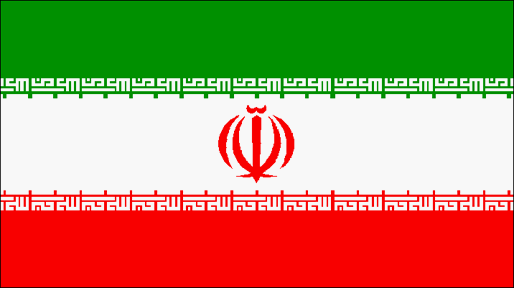



Iran's Hoot / Russia's Shkval
The Hoot torpedo is an underwater missile that uses supercavitation to attain high velocities far in excess of a conventional torpedo. The Hoot is evidently derived from the Russian Shkval missile (though Iran officially denies this). Persian-language documentation of Shkval testing in Iran is given below, along with related materials on Hoot missile development and production.
Related Resources (in Persian)
- Shkval torpedo specs and testing: Technical specifications for the Shkval including schematics with descriptions and photographs. This document, by the Guided Weapons Group of the Nedsa Research and Self-sufficiency Organization's Naval Weaponry and Equipment Research Center is on Islamic Revolutionary Guard Corps letterhead and is marked "very confidential" and "Do Not Copy."
- Test Report: This illustrated report gives a timetable of steps associated with a (Shkval) missile test. It documents a test firing of a Shkval missile conducted on 5 February 2004 off the coast of Jask, Iran. The missile had a final range of about 10,450 meters and a cruise path speed (excluding time and distances of stages before cruising and after all fuel was expended) of 90-95 meters per second (324-342 kph). The missile's probability of hitting its intended target was not tested.
- Test Report: Report by the Nedsa Research and Self-sufficiency Organization's Naval Weaponry and Equipment Research Center. Prepared on Islamic Revolutionary Guard Corps letterhead, bearing a "Do Not Copy" watermark, and marked "very confidential" on pages 3 & 4. The report deems the test a success and discusses results as well as difficulties in inter-agency cooperation.
- Test Report: A 28-page document by the Guided Weapons Group of the Nedsa Research and Self-sufficiency Organization's Naval Weaponry and Equipment Research Center on a test of the HUR (Shkval) underwater missile from 20 January to 10 February 2004. Prepared on Islamic Revolutionary Guard Corps letterhead, bearing a "Do Not Copy" watermark, and apparently marked "very confidential" ("khayli," the first word of khayli mahramaneh, appears in the headers). This document contains five annexes to the report on the Shkval test firing:
1) Trial protocol
2) Preliminary report (in Persian and Russian)
3) Location of important points during missile firing
4) Packing list (in Russian)
5) Minutes of post-test meeting held on 7 February 2004 (in Persian)
- Cost Estimate: This is an expense analysis for production of a (working) model engine for the Hoot missile. It defines six project phases with a total cost of 6.2 billion Iranian rials (about US$620,000) over a period of 23 months.
- Contract: This is a contract for the "design, production, and testing of model hydroreactive compound engines for the Hoot missile." The contract is dated 3 April 2008 and is between the Aerospace Industrial Organization, Eighth Imam Industrial Group, Javad ol-A'emeh Productions, and the Islamic Republican Guard Force Navy's Research and Self-sufficiency Organization.
- Technical Index: This document comprises "Annex A: Performance Technical Specifications," "Annex B: Contractual Activities," "Annex C: Needed Technical Specifications," "Annex D: Supervision" and "Annex E: Schedule."
- Technical Index 2: Additional Hoot specifications and illustrations.
https://fas.org/nuke/guide/iran/missile/hoot/
Maintained by Steven Aftergood



